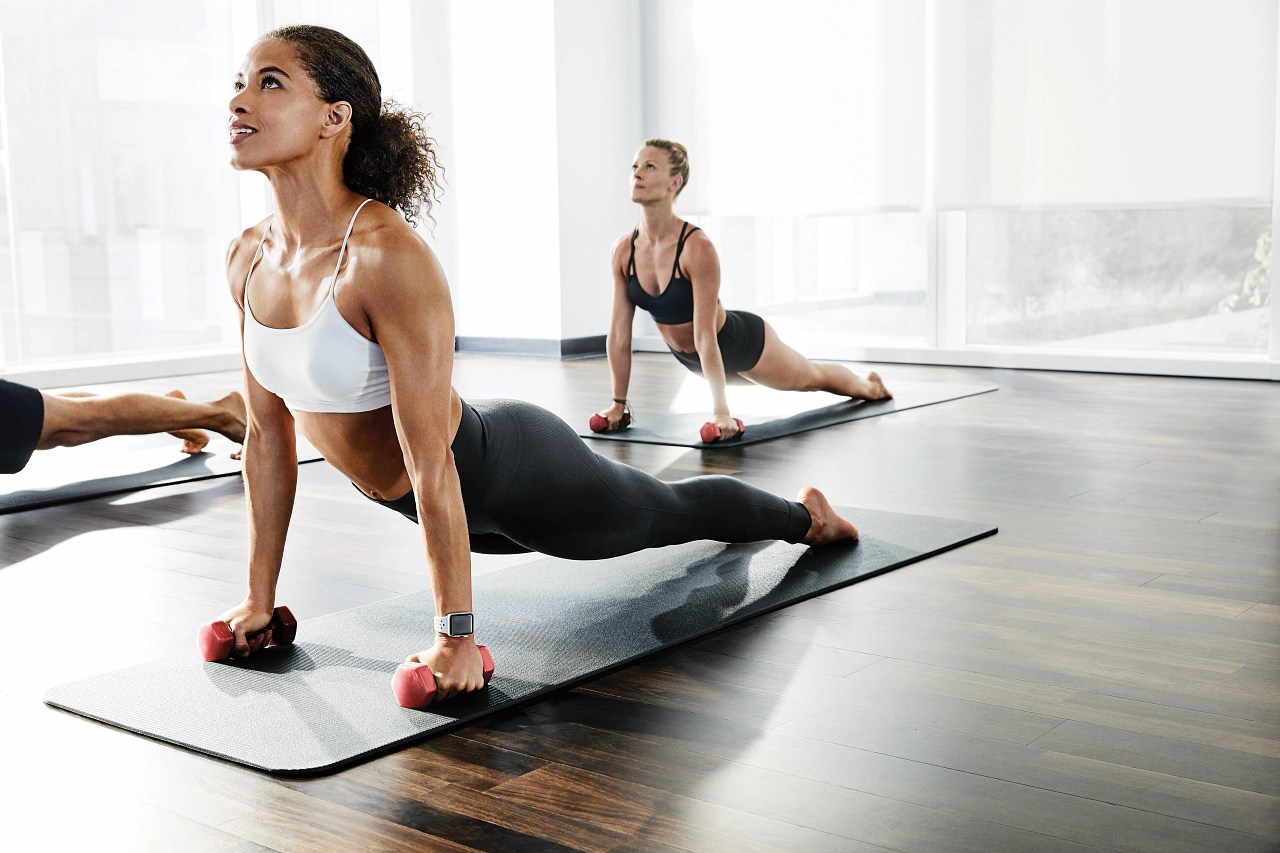In the pursuit of a healthier and fitter lifestyle, it’s easy to focus solely on diet and exercise, overlooking a fundamental aspect that underlies both physical well-being and athletic performance—structure. The interconnected relationship between the body’s structural integrity, overall health, and fitness is a dynamic and often underestimated factor that deserves our attention.
The Foundation of Structure
When we talk about structure in the context of health and fitness, we’re referring to the body’s musculoskeletal system—the bones, muscles, joints, and connective tissues that form the framework supporting our movements. Just as a well-built house requires a sturdy foundation, our bodies need a strong structural base to thrive.
1. Posture Matters
Proper posture isn’t just about looking confident //nvnews.us/ it plays a crucial role in maintaining the health of our spine and joints. Poor posture can lead to imbalances, muscle strain, and chronic pain. Learn how to sit, stand, and move with awareness to promote a healthy structural foundation.
2. Strength Through Alignment
Alignment is the key to unlocking the body’s full potential. Whether you’re lifting weights or going for a run, ensuring proper alignment reduces the risk of injuries and enhances the effectiveness of your workouts. Discover exercises and techniques that promote alignment for a stronger, more resilient body.
The Health-Fitness Nexus
A robust structural foundation isn’t just about preventing injuries; it’s a cornerstone of overall health and fitness. The body operates as a holistic system where each component influences the others. Understanding and nurturing this interconnectedness can lead to a more comprehensive and effective approach to well-being.
1. Mobility and Flexibility
A structurally sound body is a mobile body. Explore the symbiotic relationship between mobility, flexibility, and structural health. Incorporate dynamic stretching and mobility exercises into your routine to enhance joint function, reduce stiffness, and promote overall flexibility.
2. Nutrition for Building Blocks
Just as a building needs quality materials, your body requires proper nutrition to build and maintain its structural components. Explore the vital role of nutrients like calcium, vitamin D, and protein in supporting bone health and muscle function. Learn how a well-balanced diet contributes to a resilient and energetic body.
Fitness for Life
Optimizing your structural health goes hand-in-hand with achieving and sustaining fitness goals. Whether you’re a seasoned athlete or a fitness beginner, prioritizing the integrity of your body’s structure will pave the way for a more sustainable and rewarding fitness journey.
1. Functional Fitness
Shift your focus from isolated exercises to functional movements that mimic real-life activities. Functional fitness not only improves overall strength but also enhances the body’s coordination and balance, contributing to a more robust structural foundation.
2. Rest and Recovery
Adequate rest is the unsung hero of any fitness regimen. Learn how to balance intense workouts with proper rest and recovery strategies. Sleep, relaxation techniques, and targeted recovery exercises are essential elements in maintaining the health of your body’s structure.
Conclusion: A Holistic Approach
In the grand tapestry of health and fitness, structure is the invisible thread weaving everything together. By acknowledging the symbiotic relationship between structure, health, and fitness, you empower yourself to make informed choices that not only enhance your physical performance but also contribute to a lifelong journey of well-being. Embrace the power of a strong foundation, and watch as your health and fitness aspirations reach new heights





